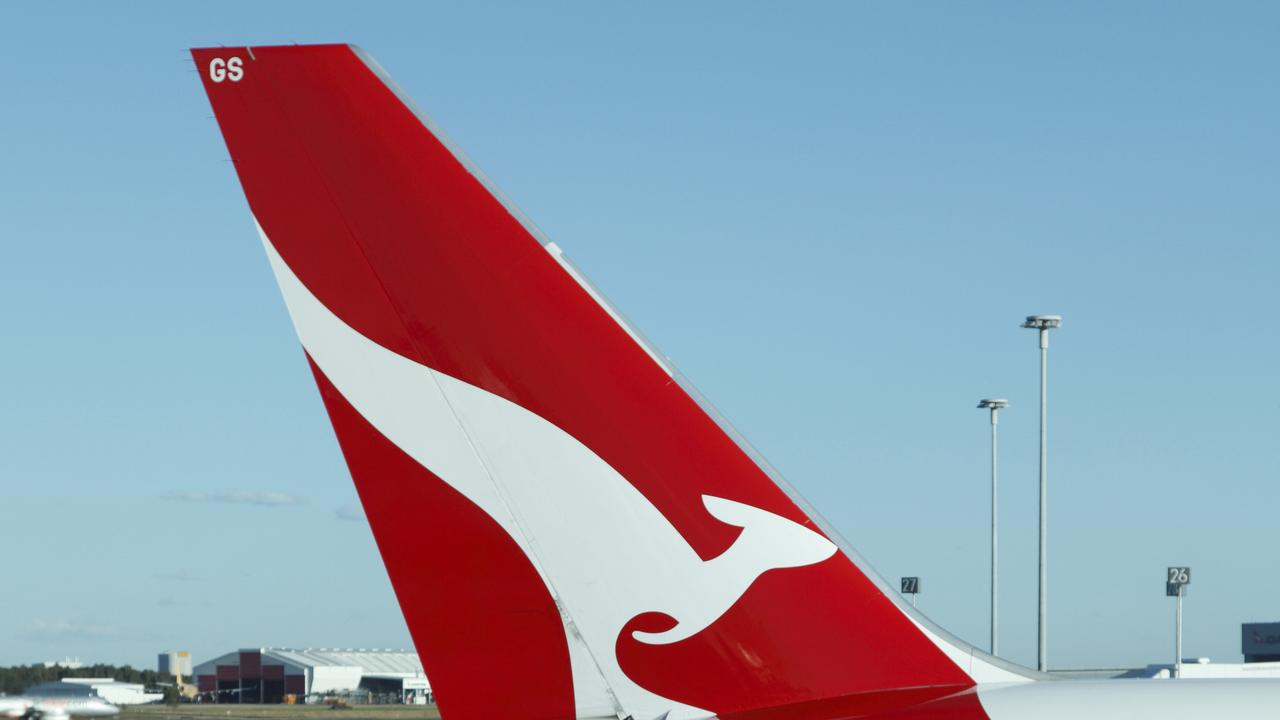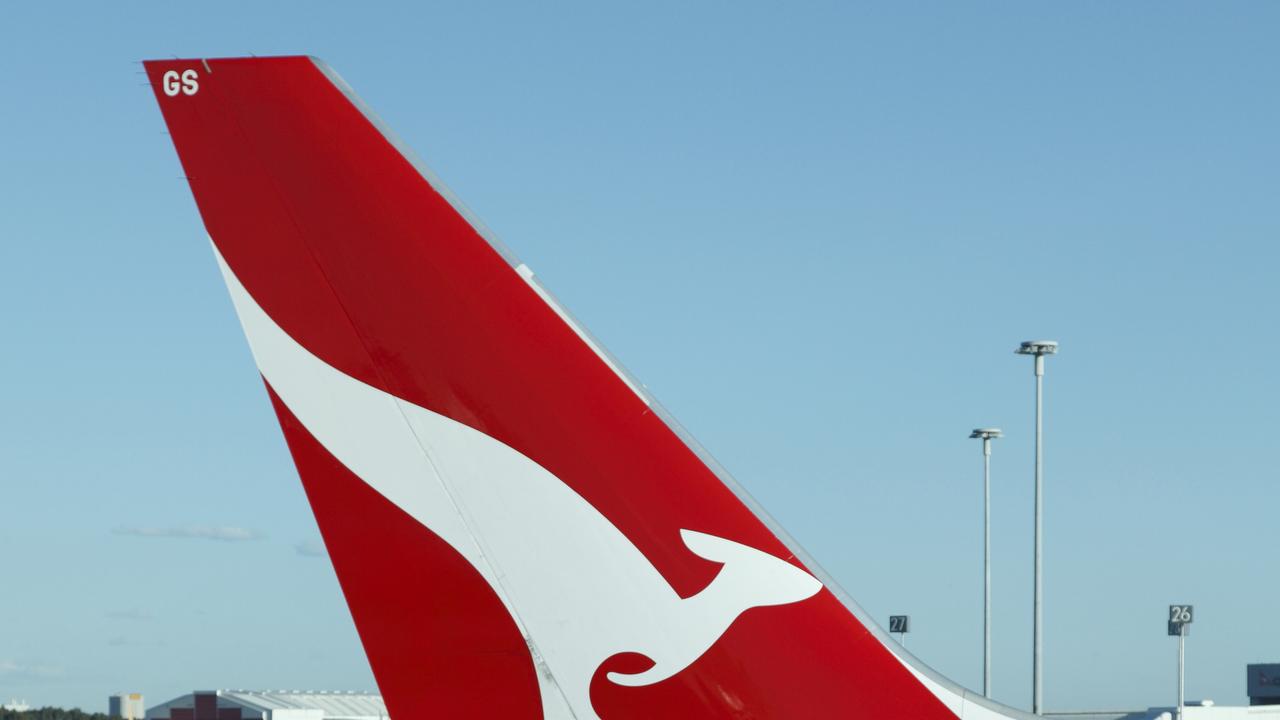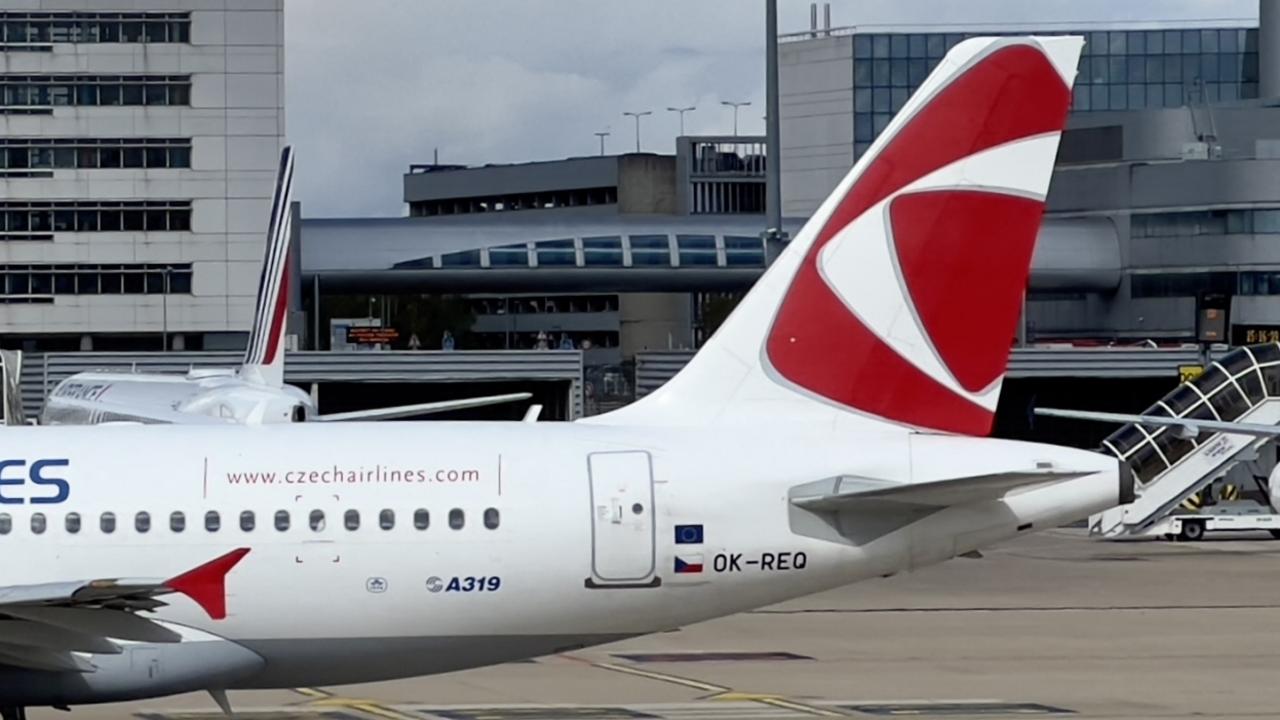Pilot reveals the truth about turbulence
TURBULENCE: spiller of coffee, jostler of luggage, filler of barf bags, rattler of nerves. But is it a crasher of planes? A pilot breaks down the facts about this midair annoyance.

TURBULENCE: spiller of coffee, jostler of luggage, filler of barf bags, rattler of nerves. But is it a crasher of planes?
Patrick Smith, airline pilot and author of the book Cockpit Confidential and the website askthepilot.com explains the truth about that annoying, and this common midair annoyance.
Judging by the reactions of many airline passengers, one would assume that turbulence is far and away the number one concern when flying. Intuitively, this makes sense. Everybody who steps on a plane is uneasy on some level, and there's no more poignant reminder of flying's innate precariousness than a good walloping at 37,000 feet.
It's easy to picture the plane as a helpless dinghy in a stormy sea. Boats are occasionally swamped, capsized, or dashed into reefs by swells, so the same must hold true for aeroplanes, right? Everything about it seems dangerous.
Except that, in all but the rarest circumstances, it's not. For all intents and purposes, a plane cannot be flipped upside-down, thrown into a tailspin, or otherwise flung from the sky by even the mightiest gust or air pocket. Conditions might be annoying and uncomfortable, but the plane is not going to crash.
Turbulence is an aggravating nuisance for everybody, including the crew, but it's also, for lack of a better term, normal. From a pilot's perspective it is ordinarily seen as a convenience issue, not a safety issue.
Pilot explains what that 'barking' sound really is
The most annoying myths about flying
When a flight changes altitude in search of smoother conditions, this is by and large in the interest of comfort. The pilots aren't worried about the wings falling off; they're trying to keep their customers relaxed and everybody's coffee where it belongs. Planes themselves are engineered to take a remarkable amount of punishment, and they have to meet stress limits for both positive and negative G-loads.
The level of turbulence required to dislodge an engine or bend a wing spar is something even the most frequent flyer - or pilot for that matter - won't experience in a lifetime of travelling.
Altitude, bank, and pitch will change only slightly during turbulence - in the cockpit we see just a twitch on the altimeter - and inherent in the design of airliners is a trait known to pilots as "positive stability".
Should the aircraft be shoved from its position in space, its nature is to return there on its own. I remember one night, headed to Europe, hitting some unusually rough air about halfway across the Atlantic. It was the kind of turbulence people tell their friends about. It came out of nowhere and lasted several minutes, and was bad enough to knock over carts in the galleys.
During the worst of it, to the sound of crashing plates, I recalled an email. A reader had asked me about the displacement of altitude during times like this. How many feet is the plane actually moving up or down, and side to side? I kept a close watch on the altimeter. Fewer than 40 feet, either way, is what I saw. Ten or 20 feet, if that, most of the time.
Any change in heading - that is, the direction our nose was pointed - was all but undetectable. I imagine some passengers saw it differently, over-estimating the roughness by orders of magnitude: "We dropped like 3000 feet in two seconds!"
At times like this, pilots will slow to a designated "turbulence penetration speed" to ensure high-speed buffet protection (don't ask) and prevent damage to the airframe. This speed is close to normal cruising speed, however, so you probably won't notice the deceleration from your seat. We can also request higher or lower altitudes or ask for a revised routing. You're liable to imagine the pilots in a sweaty lather: the captain barking orders, hands tight on the wheel as the ship lists from one side to another. Nothing could be further from the truth. The crew is not wrestling with the beast so much as merely riding things out. Indeed, one of the worst things a pilot could do during strong turbulence is try to fight it. Some autopilots have a special mode for these situations. Rather than increasing the number of corrective inputs, it does the opposite, desensitising the system.

Up front, you can imagine a conversation going like this:
Pilot 1: "Well, why don't we slow it down?" (dials a reduced Mach value into the speed control selector.)
Pilot 2: "Ah, man, this is spilling my orange juice all down inside this cup holder."
Pilot 1: "Let's see if we can get any new reports from those guys up ahead." (reaches for the microphone and double-checks the frequency.)
Pilot 2: "Do you have any napkins over there?"
There will also be an announcement made to the passengers and a call to the cabin crew to make sure they are belted in. Pilots often request that flight attendants remain in their seats if things look menacing up ahead.
Predicting the where, when, and how much of turbulence is more of an art than a science. We take our cues from weather charts, radar returns, and, most useful of all, real-time reports from other aircraft.
Some meteorological indicators are more reliable than others. For example, those burbling, cotton-ball cumulus clouds - particularly the anvil-topped variety that occur in conjunction with thunderstorms - are always a lumpy encounter. Flights over mountain ranges and through certain frontal boundaries will also get the cabin bells dinging, as will transiting a jet stream boundary. But every now and then it's totally unforeseen. When we hit those bumps on the way to Europe that night, what information we had told us not to expect anything worse than a mild chop. Later, in an area where stronger turbulence had been forecast, it was perfectly smooth. You just don't know.

When we pass on reports to other crews, turbulence is graded from "light" to "extreme". The worst encounters entail a postflight inspection by maintenance staff. There are definitions for each degree, but in practice the grades are awarded subjectively. I've never been through an extreme, but I've had my share of moderates and a sprinkling of severes.
One of those severes took place in July 1992, when I was captain on a 15-passenger turboprop. It was, of all flights, a 25-minute run from Boston to Portland, Maine. It had been a hot day, and by early evening, a forest of tightly packed cumulus towers stretched across eastern New England. The formations were short - about 8000 feet at the tops, and deceptively pretty to look at.
As the sun fell, it became one of the most picturesque skyscapes I've ever seen, with buildups in every direction forming a horizon-wide garden of pink coral columns. They were beautiful and, it turned out, quite violent - little volcanoes spewing out invisible updrafts. The pummeling came on with a vengeance until it felt like being stuck in an upside-down avalanche. Even with my shoulder harness pulled snug, I remember holding up a hand to brace myself, afraid my head might hit the ceiling.
Minutes later, we landed safely in Portland. No damage, no injuries.
Click here for more information on the book Cockpit Confidential.



